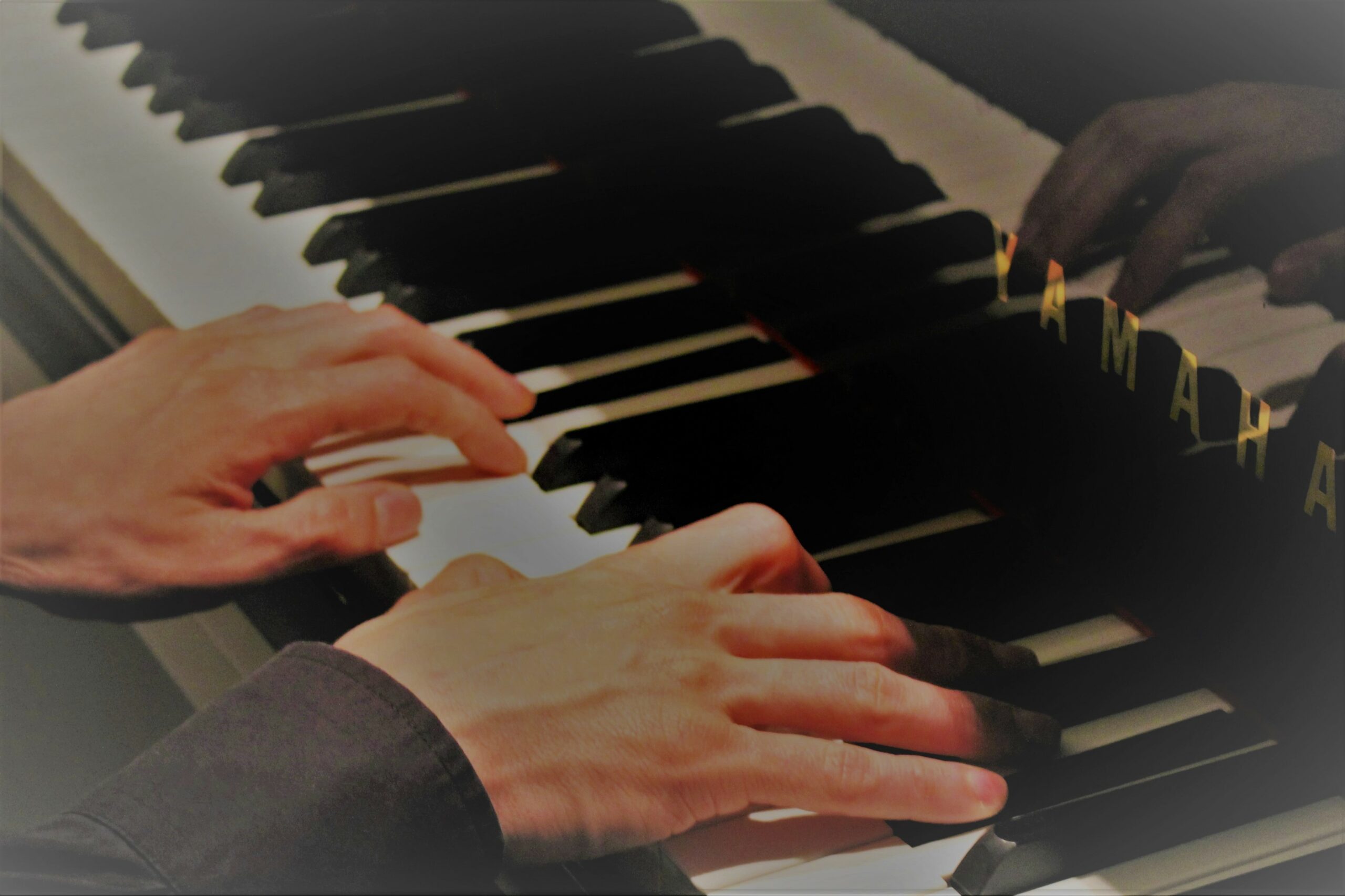A helpful movement for piano players
One of the delicate topics for piano teachers, commonly, is the challenge to explain the intricacies of the mechanics of the different piano techniques to their students, especially in passages that contain staccato notes (detached notes) or staccato scales, something that is included, for example, in the ABRSM syllabus from Grade 6 and higher grades as well.
Staccato or detached notes can be quite complex in any piano tuition session, as demands from the student accuracy but at the same time, complete relaxation. A task that can become truly unworkable without the proper technique. The approach of this technique must be taken from the very beginning in a very clear-cut and precise way, otherwise, this will produce lots of setbacks in the student’s progress.
It is of utmost importance to know where this movement truly begins, as Maestro Juan Rezzuto explains in his article:
“Even though the wrist movement is “seen” to be happening at a “wrist level,” the muscles responsible for moving the wrist are not located on the wrist. The muscle which is eminently in charge of the activation of the wrist movement -shaking- is the brachialis. The latter happens indirectly. The brachialis produces flexion of the elbow; it is this flexion of the elbow which moves the forearm which, at the same time, amplifies the movement as a lever compelling the wrist to move or shake”
The movement itself
Setting up the right position of the hand and wrist is fundamental. As the wrist needs to be “lifted.”
In that sense, we will structure the movement in two different and smaller elements. Firstly, a “negative” movement which involves flexing the wrist, so the fingers are set further from the surface of the keys.
All these steps should be carefully done and thanks one more time to the Scaramuzza technique, the piano progress will be guaranteed!
Make sure you use this and more movements from a special and famous piano technique for your future piano recording sessions in London.

